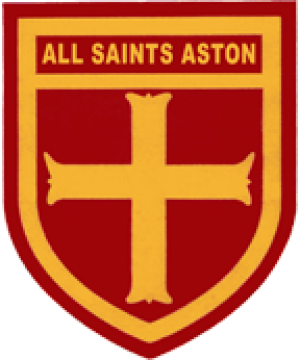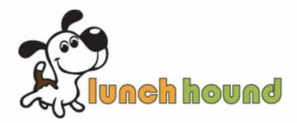Year 4
Welcome to Year 4 Class Page!
Class Dojo
Class Dojo is now set up for parents to join, where messages can be sent back and forth - I will reply as and when I can. I believe that using Class Dojo as a means to communicate with one another is vital (especially in current circumstances) but this won't only be used for communication, it gives me the opportunity to share your child's work with you by being able to post photos or messages directly to their own profile!

Numeracy
We use the White Rose Maths Scheme of learning to assist with our learning in numeracy, which helps with our school's Mastery approach to maths. We will be working on times tables daily through various activities, such as Maths Zap, Times Tables 38 (TT38), and Big Maths Beat That!
We want the children to be able to recall times tables faster, therefore, each child has access to Times Table Rockstars, a programme specifically designed to improve the children's speed and fluency with times tables. Please ask for your child's login, if this has been forgotten. I will be setting a competition every few weeks between members of the class and other classes.
Aston's Numeracy Policies:
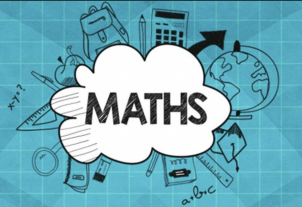
Literacy
In each lesson, we aim to layer up our writing, by taking a step-by-step approach, where we slowly build our writing up. To do this, we use Jane Consodine's Write Stuff, which allows the slow, but effective, build-up of our writing. We will be creating various genres of writing from narrative stories to newspaper reports to poems.
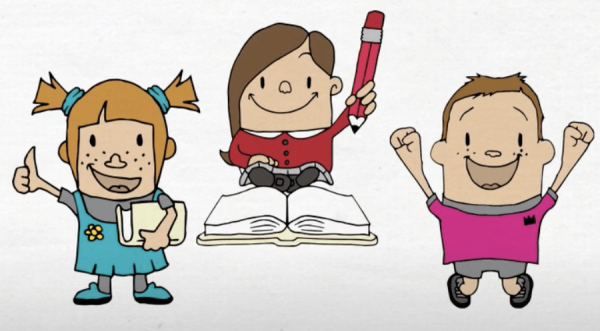
Homework
All our homework links with tasks we have been doing in class that week. Year 4 will have numeracy and reading homework, which will alternate on a weekly basis. Homework folders have been provided for the children, which they are responsible for keeping tidy and safe. Homework is set on a Friday afternoon and should be returned by the following Wednesday to be marked. If anyone is struggling with the homework, please ask a member of staff in Year 4 for assistance and we can do our best to help.
Spellings
Spellings are produced through Read Write Inc. Our spelling lessons span over a two-week period and consists of various units, that focus on a particular area of spelling, such as prefixes (for example, un- , in- , il - etc.) and prefixes (such as -ing, -ed, -s etc.). The class work in practice books. On Wednesdays, children will be set TEN spellings, with five spellings from the spelling rule that week and ten spellings from the Year 3/4 statutory spelling list. We will have a spelling quiz the following Wednesday.
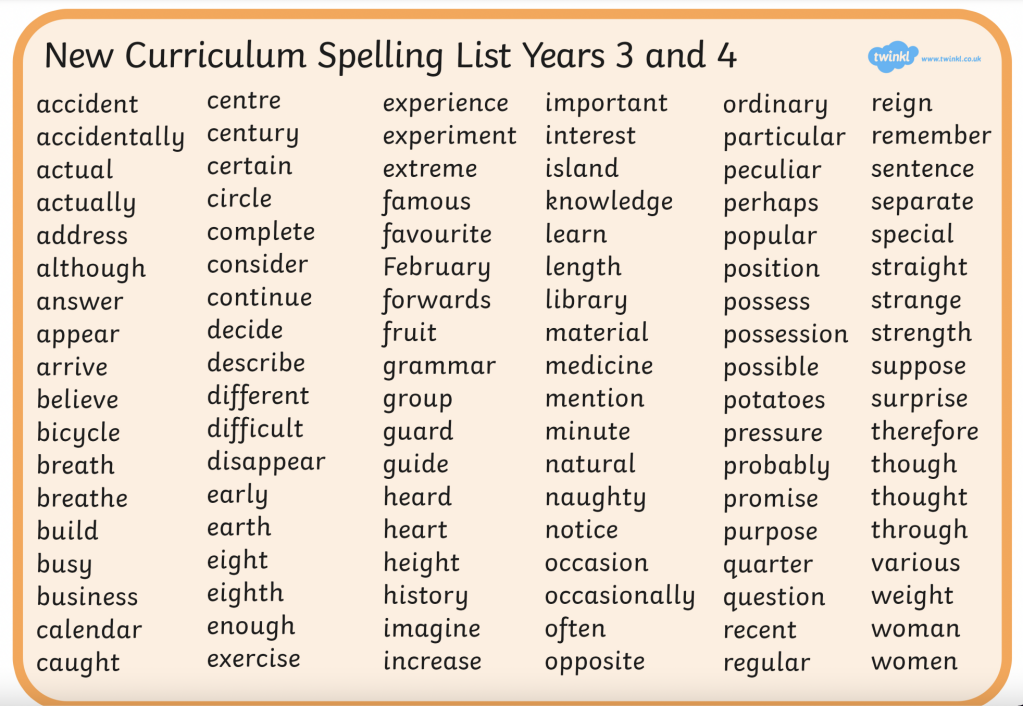
Reading
"Reading is the key that opens the door to many things in life"
Reading is not just for reading comprehension, but we need to be able to read to access all subjects on the curriculum. Each week, every child will receive a colour-banded book to read at home. This will be their home reading book that targets areas with which we have assessed they may need support with. Please support your child with this. Once the book has been read, please re-read it as many times as possible in that week. These books specifically target areas we want your child to improve on, therefore, repetition of these books will help to close those gaps that have occurred over the past couple of years due to the pandemic.
As well as these specific books, children should have a book for pleasure reading, which could range from traditional novels to comics to poems to sporting magazines and so on. Any reading is fantastic! And allowing children to develop a passion for reading in an area that interests them is a positive thing!
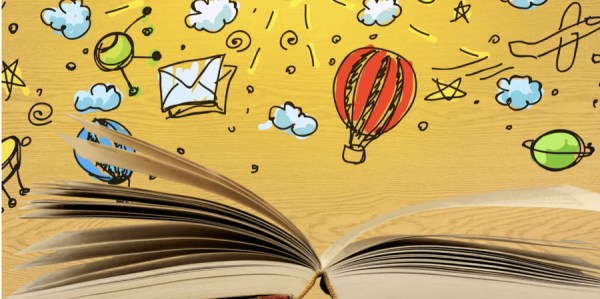
Physical Education (PE)
We ensure that two hours of PE are done each week in line with the Government guidelines. Our PE lessons are on Thursday and Friday afternoons. Thursday will be outdoor PE and Friday will be indoor. Our PE kit is yellow t-shirts and black shorts/bottoms. For any new PE kit, please contact the office. During the Spring term, we will be participating in Netball, Fitness, Yoga, and Tag Rugby.
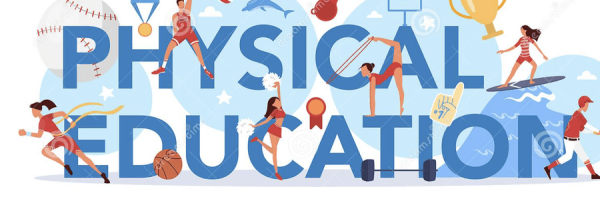
Autumn Term Year 4
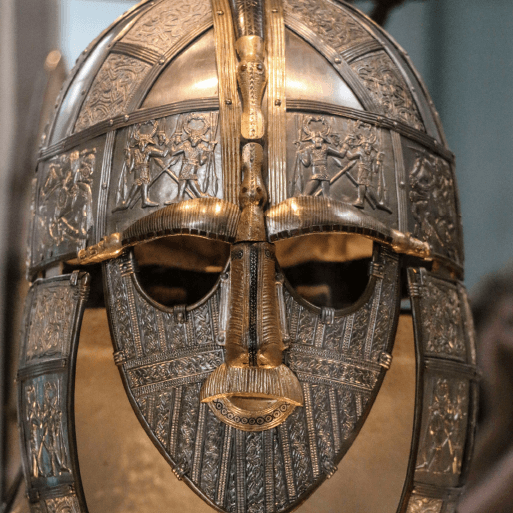
Invasion - This project teaches children about life in Britain after the Roman withdrawal. Children will learn about Anglo-Saxon and Viking invasions up to the Norman conquest.
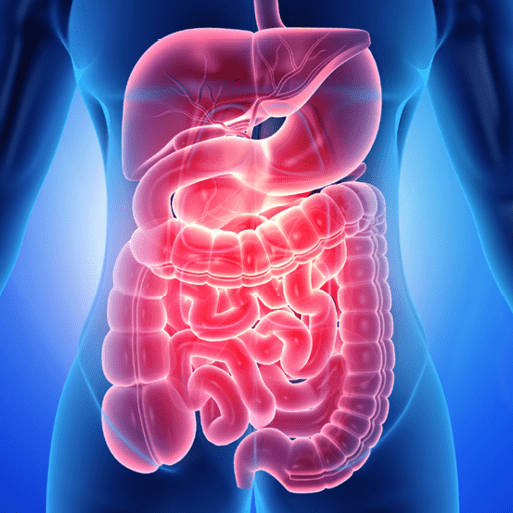
Food and the Digestive System - This project teaches children about the human digestive system. They explore the main parts, starting with the mouth and teeth, identifying teeth types and their functions. They link this learning to animals' diets and construct food chains to show the flow of energy.

Warm and Cool Colours - This project teaches children about colour theory by studying the colour wheel and colour mixing. It includes an exploration of warm and cool colours, Aboriginal art and how artists use colour in their artwork.
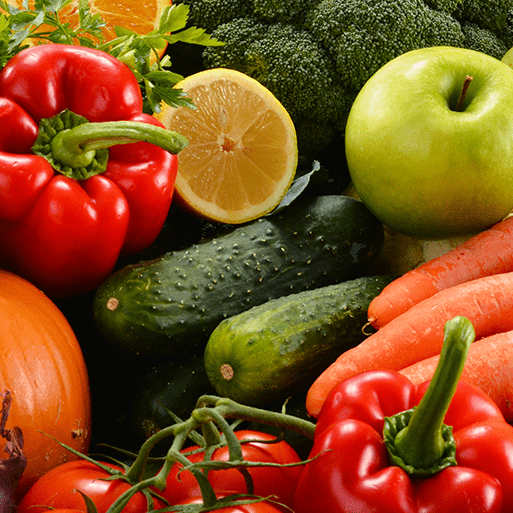
Fresh Food, Good Food - This project teaches children about colour theory by studying the colour wheel and colour mixing. It includes an exploration of warm and cool colours, Aboriginal art and how artists use colour in their artwork.
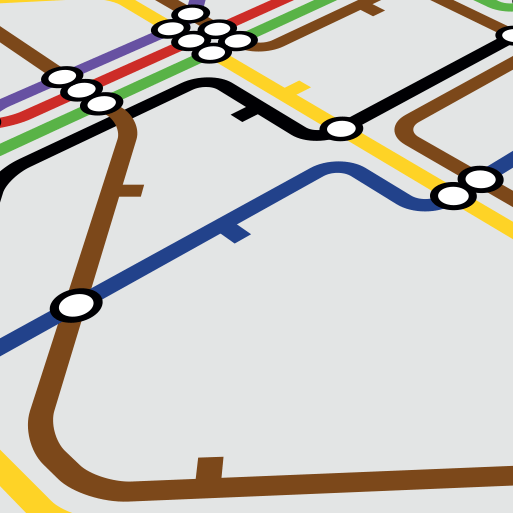
Interconnected World - This essential skills and knowledge project teaches children about compass points and four and six-figure grid references. They learn about the tropics and the countries, climates and culture of North and South America. Children identify physical features in the United Kingdom and learn about the National Rail and canal networks. They conduct an enquiry to prove a hypothesis, gathering data from maps and surveys before drawing conclusions.
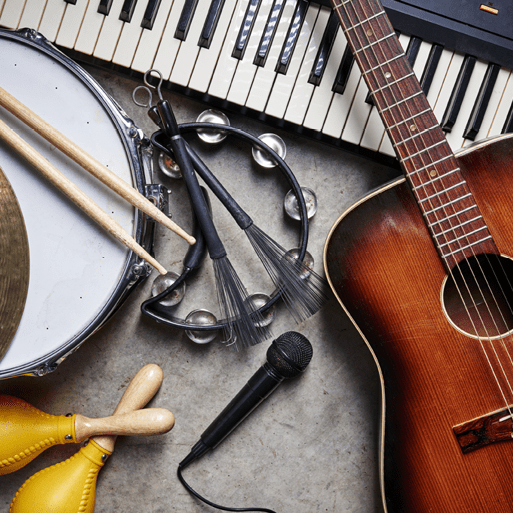
Sound - This project teaches children about sound, how sound is made and how sound travels as vibrations through a medium to the ear. They learn about pitch and volume and find out how both can be changed.
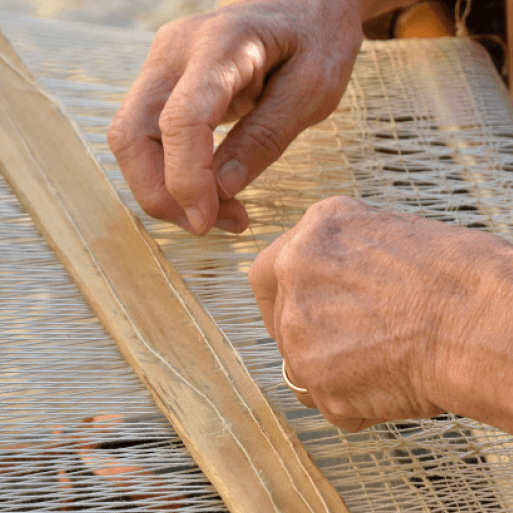
Warp and Weft - This project teaches children about the artform of weaving and how it has developed over time, including the materials and techniques required to create woven patterns and products.
Spring Term Year 4

Misty Mountain, Winding River - This project teaches children about the characteristics and features of rivers and mountain ranges around the world, including a detailed exploration of the ecosystems and processes that shape them and the land around them.

Vista - This project teaches children about the techniques that artists use when composing landscape images, such as colour and atmosphere.
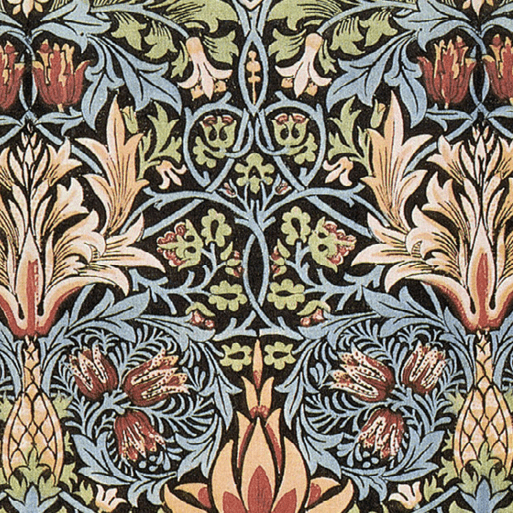
Functional and Fancy Fabrics - This project teaches children about home furnishings and the significant designer William Morris. They learn techniques for decorating fabric, including block printing, hemming and embroidery and use them to design and make a fabric sample.
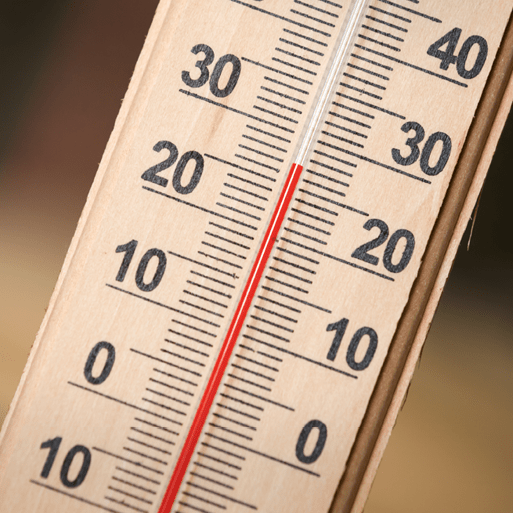
States of Matter - This project teaches children about solids, liquids and gases and their characteristic properties. They observe how materials change state as they are heated and cooled, and learn key terminology associated with these processes.
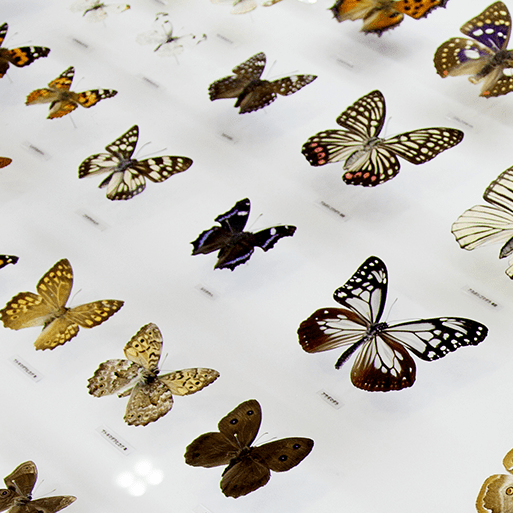
Grouping and Classifying - This project teaches children about solids, liquids and gases and their characteristic properties. They observe how materials change state as they are heated and cooled, and learn key terminology associated with these processes.

Animal - This project teaches children about the historical and cultural portrayal of animals in art. They study the visual qualities of animals through sketching, printmaking and clay modelling.
Summer Term Year 4
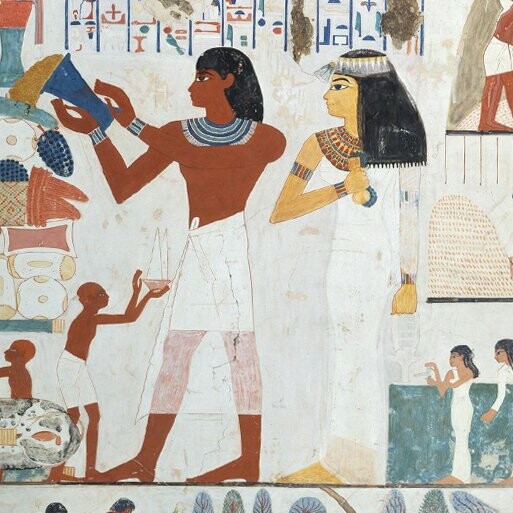
Ancient Civilisations - This project teaches children about the history of three of the world’s first ancient civilisations: ancient Sumer, ancient Egypt and the Indus Valley civilisation. Children will learn about the rise, life, achievements and eventual end of each civilisation.
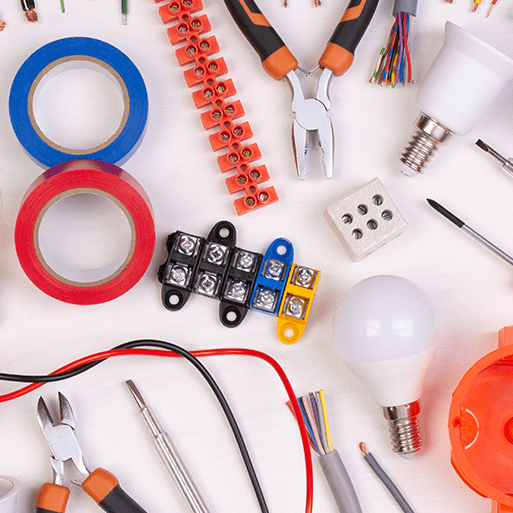
Electrical Circuits and Conductors - This project teaches children about electrical appliances and safety. They construct simple series circuits and name their parts and functions, including switches, wires and cells. They investigate electrical conductors and insulators and identify common features of conductors. It also teaches children about programmable devices. They combine their learning to design and make a nightlight.
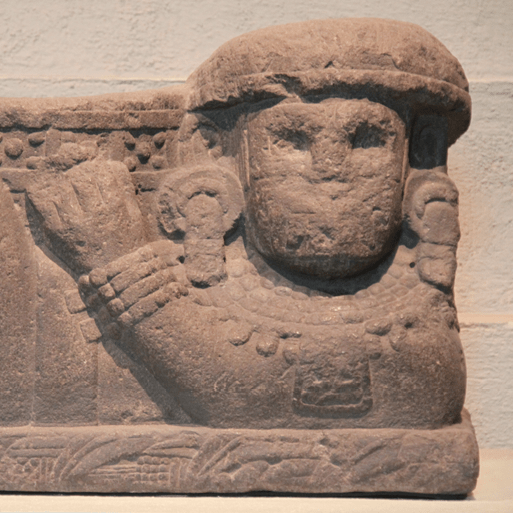
Statues, Statuettes and Figurines - This project teaches children about the 3-D representation of the human form, including statues, statuettes and figurines. They study examples from ancient civilisations, and use their clay skills to create a Sumer-style figurine.
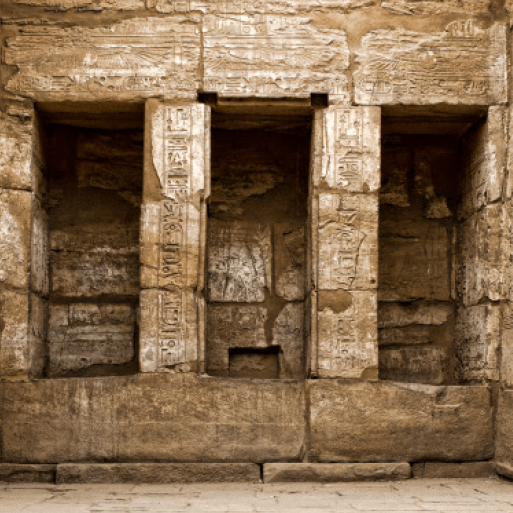
Tomb Builders - This project teaches children about simple machines, including wheels, axles, inclined planes, pulleys and levers, exploring how they helped ancient builders to lift and move heavy loads.
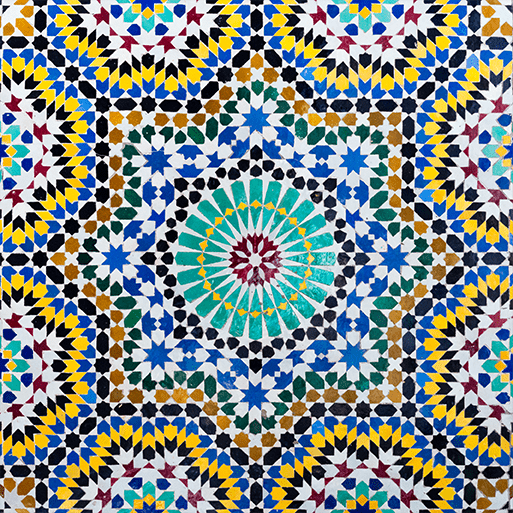
Islamic Art - This project teaches children about the features of Islamic art. They make geometric patterns and motifs on paper, with fabric and in clay. They use their learning to create a high relief clay tile, decorated with geometric patterns.
